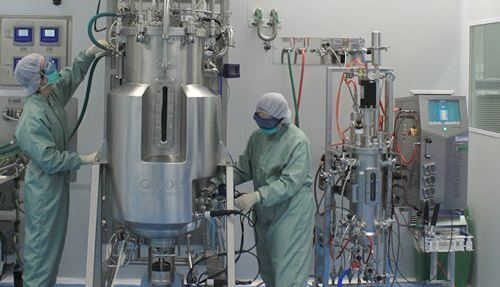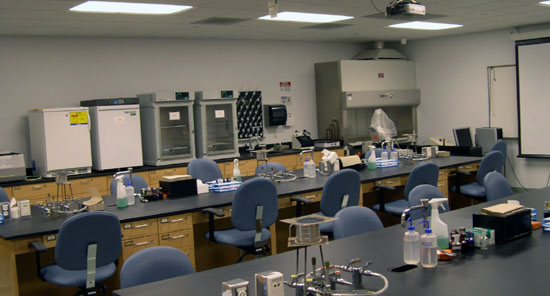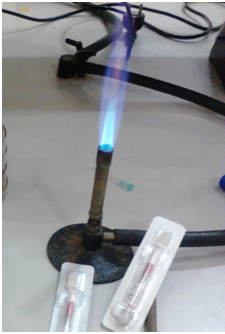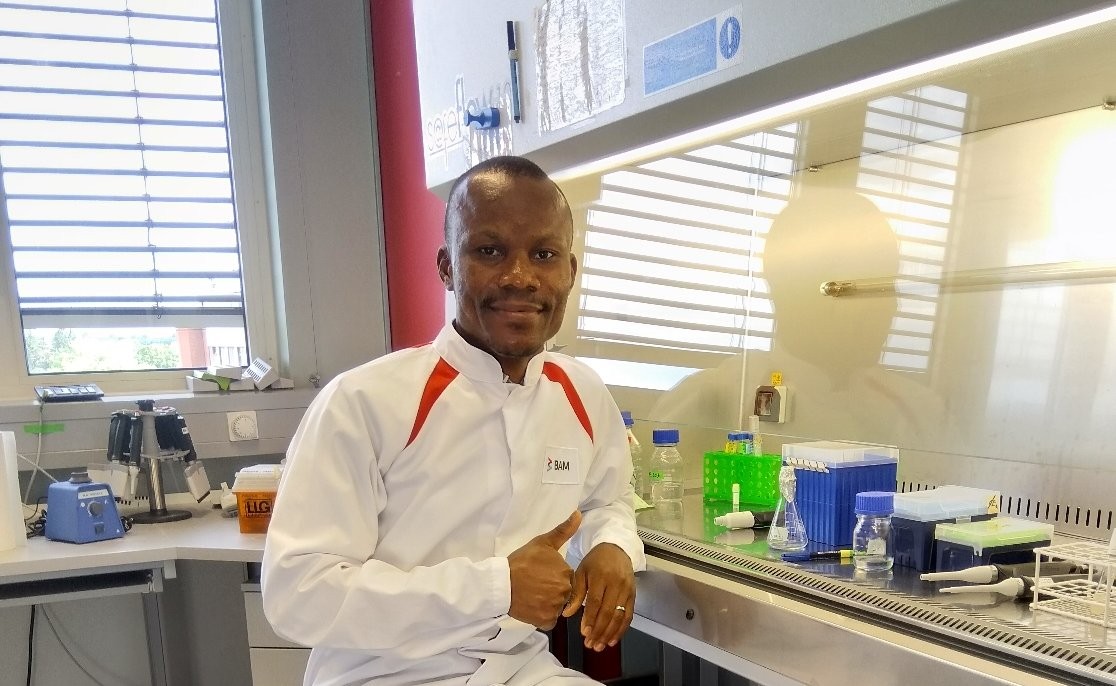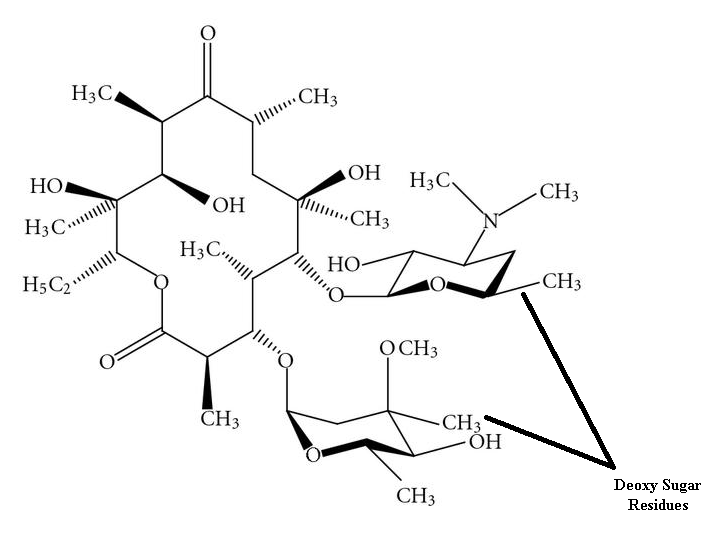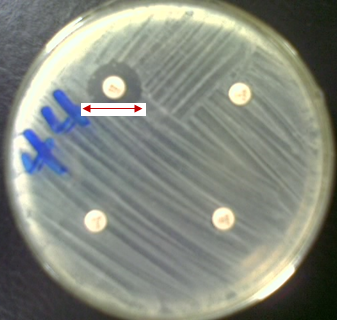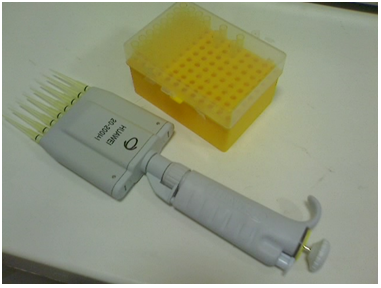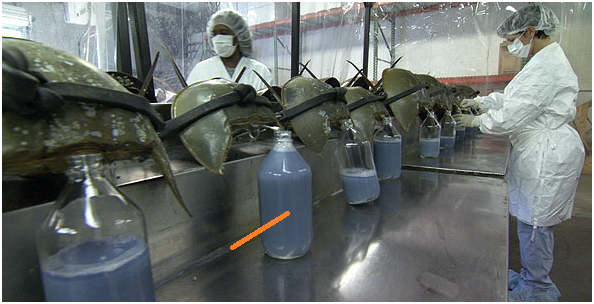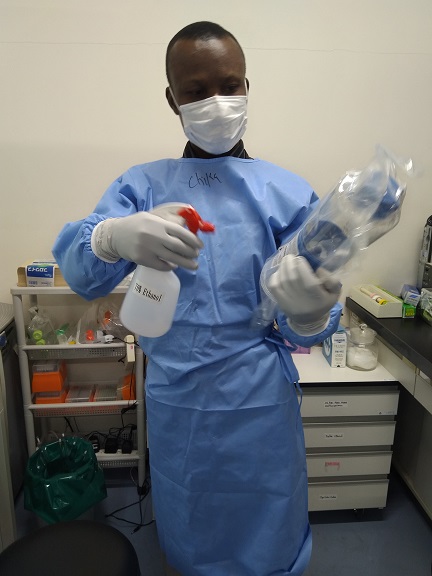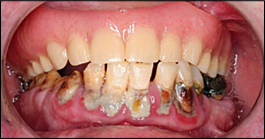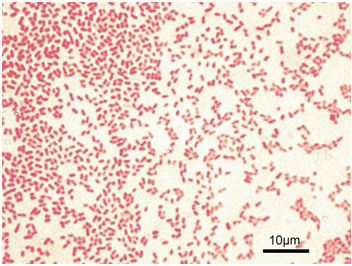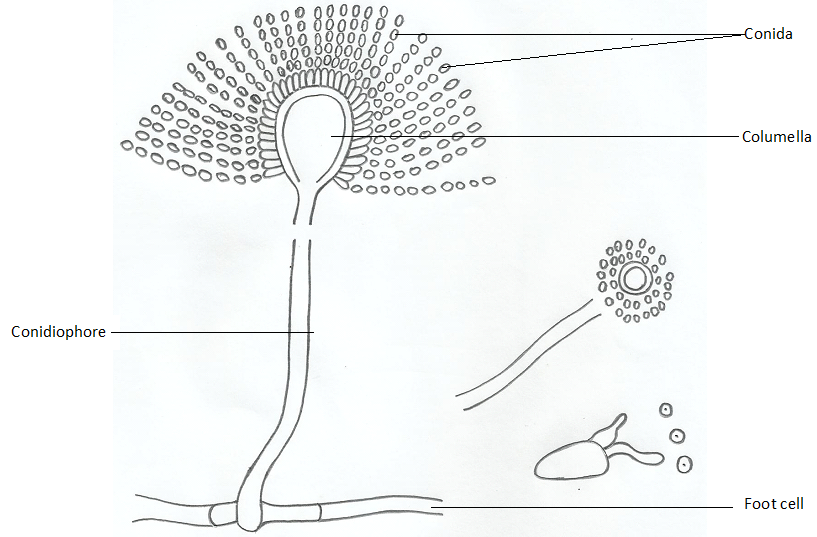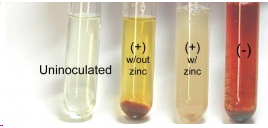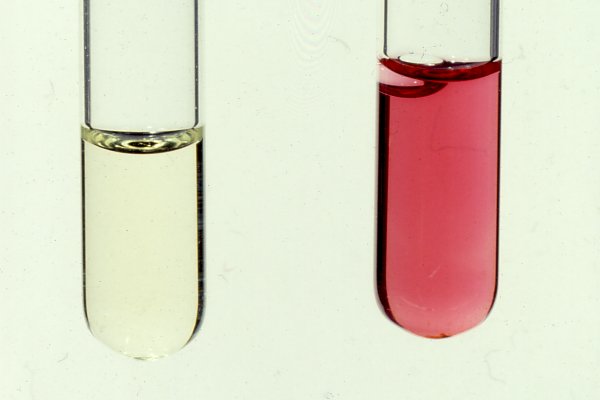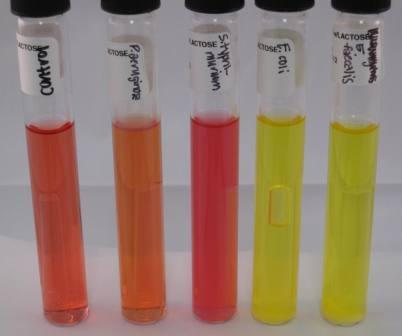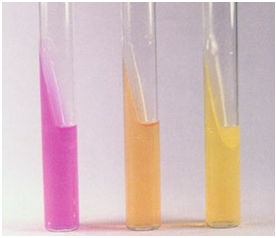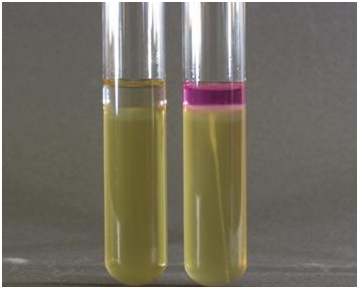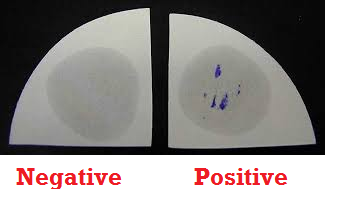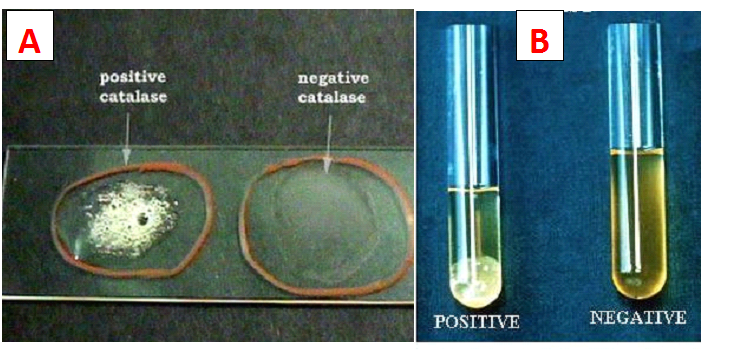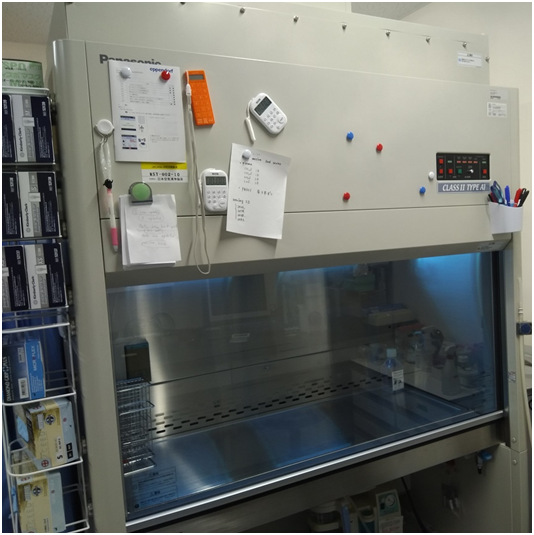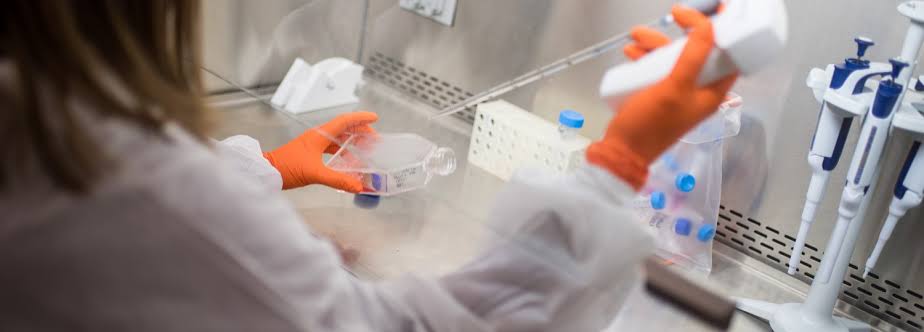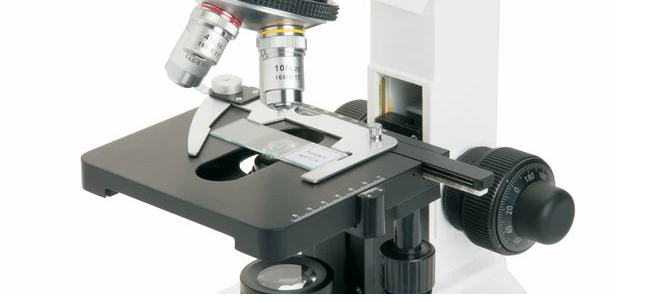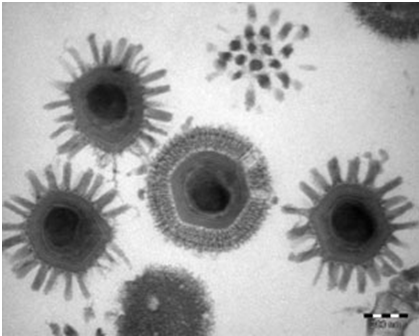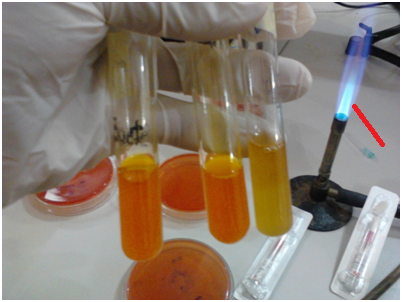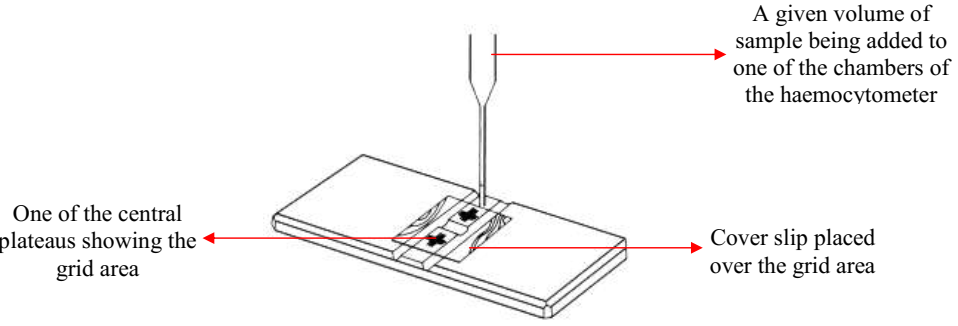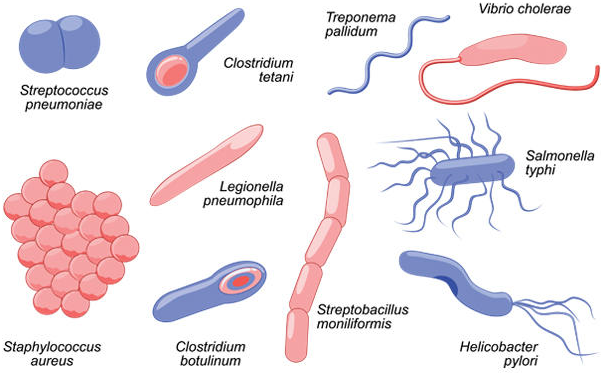Axenic animals are laboratory controlled animals that are germ-free i.e. animals that are not contaminated […]
Author: DrChika
APPERTIZATION
Appertization is simply defined as the heat-treatment of food at certain temperature levels that inhibit […]
SAFETY IN THE LABORATORY
Safety in the clinical microbiology laboratory should not be taken for granted. It is paramount […]
SLIME MOULDS
Slime moulds are eukaryotic organisms that have fungus-like features as well as some animal- or […]
Significance and Applications of Microorganisms
Microorganisms, often referred to as microbes, are tiny life forms that are invisible to the […]
ANTIGEN
Antigen is any substance or molecule that can trigger an immune response in an animal. […]
MAGNIFICATION
Magnification is the enlargement of a specimen or an object seen through a microscope. It […]
ECONOMIC IMPORTANCE OF VIRUSES
Though they are known to cause plethora of infectious diseases in man, plants and animals; […]
INOCULATION TECHNIQUE
Inoculation is a microbiology technique which is used to introduce or place specimens and microbial […]
DNA REPLICATION
DNA replication is simply defined as the genetic process of duplicating the genome of a […]
Disease transmission & progression
To establish an infectious disease, a disease agent (including bacteria, fungi, viruses and protozoa) must […]
Fermentation and Its Importance
The term fermentation is one of the oldest in the history of biological and chemical […]
BUNSEN BURNER FLAME
Bunsen burner is practically a tube or hosepipe that is connected directly to a steady […]
Antibiogram & Interpretative Standards for Antibiotic (Antibacterial) Disks used for Susceptibility Studies
Antimicrobial Agents /Microorganisms Disk Code Disk Potency (µg) Resistant Intermediate Susceptible Amikacin […]
MICROBIOLOGY OF LANDFILLS
Untreated municipal solid wastes cause several environmental and health problems including the release of methane […]
ERYTHROMYCIN
Erythromycin is a protein synthesis inhibitor that binds to the 50S ribosomal subunit of the […]
ANTIBIOTIC RESISTANCE
Antibiotic resistance is a phenomenon that occurs when bacteria are not killed or inhibited by […]
CHARACTERISTICS/FEATURES OF ANTIBIOTICS
Antibiotics including antibacterial agents, antiviral agents, antiprotozoal agents, and antifungal agents have some specific characteristics […]
STEPS OF PERFORMING GEL ELECTROPHORESIS
Gel electrophoresis is one type of electrophoresis technique, and its procedure is highlighted below. The […]
MALARIA
Malaria is an insect-transmitted parasitic disease characterized by recurrent episodes of fever and anaemia (loss […]
Limulus Amoebocyte Lysate (LAL) Test
The LAL test is applied in the testing of pharmaceuticals, medical devices, water, food, and […]
REASONS FOR DOING CELL CULTURE
Why is cell, tissue or organ culture embarked upon despite the ethical issues surrounding its […]
OBSERVATIONAL EPIDEMIOLOGICAL STUDY
Observational epidemiological studies are non-experimental epidemiological investigations that involves no intervention by the researcher (in […]
DENTAL CARIES
Dental caries is simply defined as the decaying of the teeth. It can also be […]
GRAM STAINING TECHNIQUE
Gram staining is a general purpose bacteriological identification technique used in the bacteriology section of […]
FUNGAL TAXONOMY (DIVISION)
Fungal classification or taxonomy is usually based on the sexual spores produced by the organisms. […]
NITRATE REDUCTION TEST
Nitrate reduction test is used to identify pathogenic bacteria that have the ability to convert […]
TRIPLE SUGAR IRON AGAR (TSIA)
Triple sugar iron agar (TSIA) is a differential agar medium used to different lactose-fermenting Enterobacteriaceae […]
VOGES PROSKAUER TEST
Voges-Proskauer (VP) test is used to identify Gram negative bacteria that produce 2,3-butanediol (acetoin) from […]
SUGAR (GLUCOSE) UTILIZATION TEST
Sugar (glucose) utilization test or carbohydrate fermentation test is used to detect bacteria that ferment […]
CITRATE TEST
Citrate test is used to identify Enterobacteriaceae that utilize citrate or citric acid as their […]
UREASE TEST
Urease test is used to detect and differentiate Enterobacteriaceae that produce urease enzymes from those […]
INDOLE TEST
Indole test (Tryptophan hydrolysis) is used to identify Enterobacteria that breakdown tryptophan (an amino acid) […]
OXIDASE TEST
Oxidase test is used to identify microorganisms that produce the enzyme, cytochrome-c oxidase. Cytochrome-c oxidase, […]
CATALASE TEST
Catalase test is used to identify microorganisms that produce catalase enzyme. It is used to […]
COAGULASE TEST
Coagulase test is used to distinguish pathogenic Staphylococcus aureus (which is coagulase positive) from nonpathogenic […]
BIOCHEMICAL TESTS USED IN BACTERIOLOGY LAB
Biochemical tests are series of experiments that can be used to differentiate bacteria based on […]
TYPES OF MICROBIAL CELLS
The cell as we know is the basic unit of life. Microorganisms are cellular entities, […]
CHARACTERISTICS OF MICROORGANISMS USED FOR BIOTECHNOLOGICAL PROCESSES
As one of the world’s most research-intensive industry, biotechnology corporations are high-profit making enterprises that […]
IMPORTANCE OF NORMAL MICROFLORA
After exposure to an infectious agent, the body becomes contaminated by the agent, and the […]
PASTEURIZATION
Pasteurization is simply defined as the process of heating food during its production in order […]
LAMINAR FLOW BIOLOGICAL SAFETY CABINET
Laminar flow biological safety cabinet is an air filtration system which protects a laboratory worker […]
MAJOR SCOPE / AREAS OF MICROBIOLOGY
Industrial Microbiology The use of microbes by man to produce beneficial products is an ancient […]
RESPONSES OF THE IMMUNE SYSTEM
The immune system is a complex system which consists of collection of cells, organs, tissues […]
RESOLUTION AND MAGNIFICATION: THE OPTICS BEHIND THE MICROSCOPE
Resolution is the ability of a microscope’s lens to distinguish between (two) small objects that […]
Characteristics of Viruses
WAYS IN WHICH VIRUSES DIFFER FROM OTHER LIVING CELLS Viruses as differ tremendously from other […]
ASEPTIC TECHNIQUE
Aseptic technique refers to all the quality control and precautionary measures taken by microbiologists in […]
MICROBIAL COUNT: Total Count & Viable Count
Viable cell count: Viable cell count gives an estimate of the total number of living […]
CENTRAL DOGMA (FRAMEWORK) OF MOLECULAR BIOLOGY
The central framework of molecular biology otherwise known as the “central dogma” is the starting […]
SHAPES / MORPHOLOGY OF BACTERIA
All bacterial cells are extremely infinitesimal (i.e. microscopic), and are never visible to the naked […]



